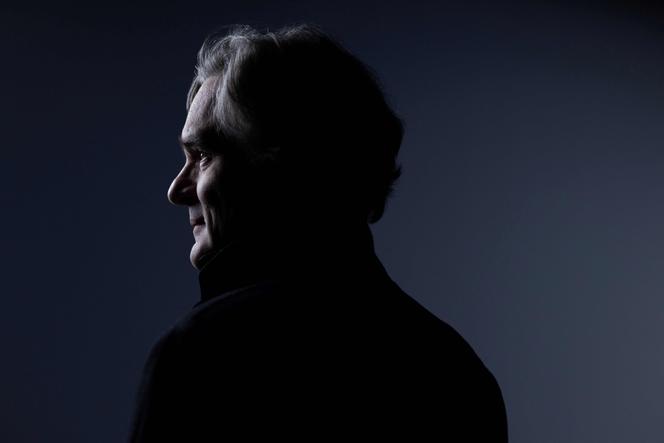


To mark the 10th anniversary of the attack on Charlie Hebdo on January 7, 2015, the satirical newspaper is publishing a book that pays tribute to the eight members of the team murdered that day. Charlie Liberté. Un Journal de Leur Vie ("Charlie Liberty: A Diary of Their Lives") is a deeply moving book in its fragility and its very simplicity, as it mostly limits itself to showing images by cartoonists Cabu, Charb, Honoré, Tignous and Wolinski, and texts by psychoanalyst Elsa Cayat, proofreader Mustapha Ourrad and economist Bernard Marris. Among them are youthful drawings by Cabu (an ad for Météore pens, caricatures drawn when he was 15), Charb (a family portrait, a high-school fanzine) and Honoré (contributions to the Almanach Vermot). In Le Lambeau ("The Shred"), Philippe Lançon called those who disappeared "the dispossessed." This book restores a solidarity rooted in the joys of childhood. Interview with Riss, director of Charlie Hebdo.
We always feel a little illegitimate trying to evoke the disappeared, it is very uncomfortable, the years pass, we fear oblivion. They were artists above all, and their lives as artists and intellectuals began early, before Charlie, and radiated beyond Charlie. I wanted to show their talent, their artistic sensibility, what they created. Besides, I like to give the material directly to the reader; I prefer them to discover it for themselves, to make up their own story.
I wanted to make people understand everything we've lost. Each of them was a small world, had a unique sensibility, and that is what has been destroyed. The more years pass, the more time stands still, as if it had stopped on January 7, 2015. I realized this when I meet high school students, they were 5 years old at the time. For them, it's an event that belongs to history. For us, that's weird, because we still think of it as a current event, a real-life event.
The idea is to show that Charlie's dead are still very much alive, that their work is full of energy, and so to pass on to young people this taste for creativity and humor and inspire them to do likewise. We continued to produce Charlie, and we want to keep it that way. So, yes, a museum, because a museum inspires, it is a place of transmission rather than homage or commemoration. When we commemorate November 11, we don't want to go through what the veterans of the First World War experienced. This book is not a monument to the dead, it's a monument to life, to their lives.
You have 77.06% of this article left to read. The rest is for subscribers only.
